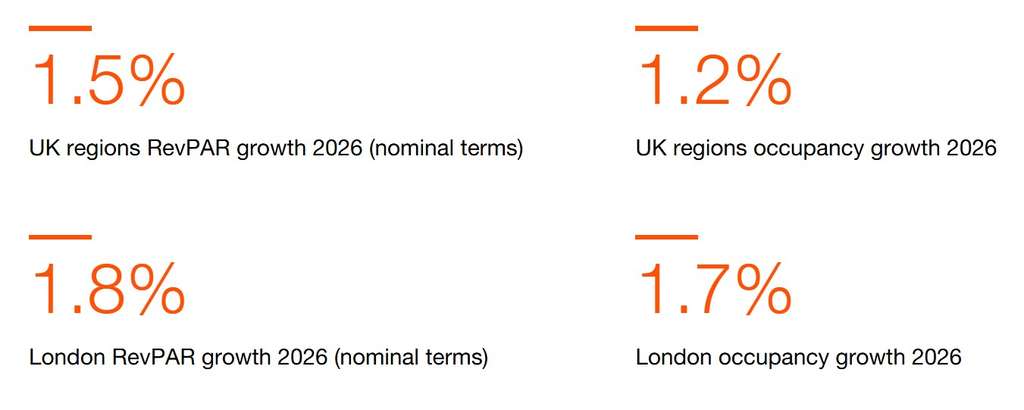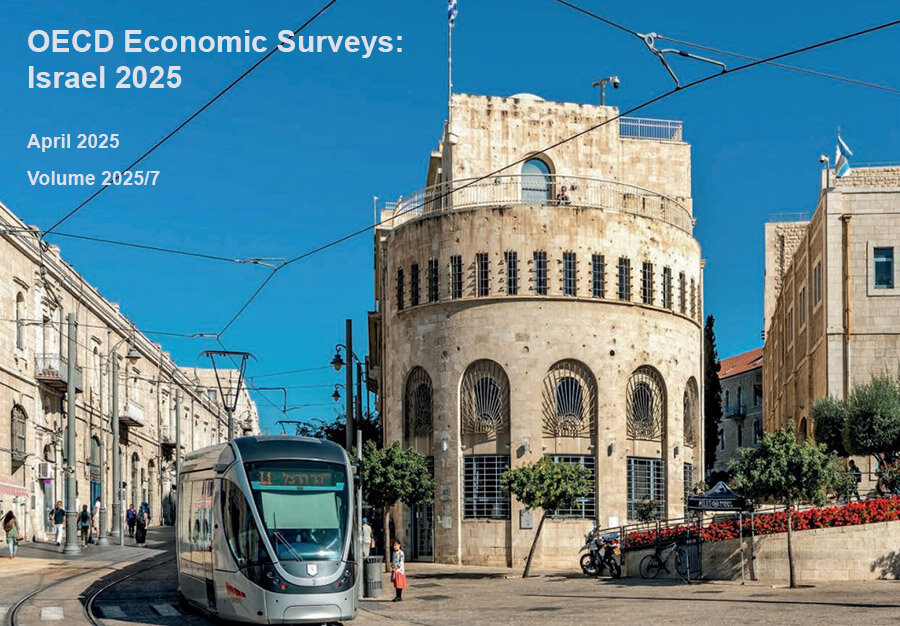читайте также
 Vietnam Struggles With Severe Flooding: Deaths Reported, Tourists Trapped
Vietnam Struggles With Severe Flooding: Deaths Reported, Tourists Trapped
 PwC: UK Hotel Market Remains Resilient in 2026 — Time for Innovation, Efficiency, and Strategic Growth
PwC: UK Hotel Market Remains Resilient in 2026 — Time for Innovation, Efficiency, and Strategic Growth
 Private Jet Rentals Redefine Luxury Travel: The Emerging Trend of 2025
Private Jet Rentals Redefine Luxury Travel: The Emerging Trend of 2025
 Formula 1 Grand Prix Brings Singapore’s Hotel Market to Record-Breaking Heights in October 2025
Formula 1 Grand Prix Brings Singapore’s Hotel Market to Record-Breaking Heights in October 2025
 Austria’s Real Estate Market Accelerates: Sales Up Nearly 14%
Austria’s Real Estate Market Accelerates: Sales Up Nearly 14%
 Cyprus Real Estate: Prices Rise, Returns Fall
Cyprus Real Estate: Prices Rise, Returns Fall
Cost of Living in Israel in 2025: Record Gap Between Prices and Incomes

Israel tops the OECD ranking for the largest gap between price levels and income levels, writes Detaly portal. The publication notes that the cost of living exceeded the forecasted GDP per capita by 35%—a historic high.
In the report published by the OECD in April 2025, it is noted that over the past two decades, Israel's standard of living has grown significantly: GDP more than doubled, employment increased, and unemployment remains low. However, high prices continue to put pressure on households, especially those with lower incomes—who spend almost all their money on food, housing, and transportation. At the same time, Israel’s GDP per capita remains below the OECD average, while relative price levels are among the highest in the organization.
Key reasons for the high cost of living remain trade barriers and high tariffs, especially on food, as well as strict regulation and limited competition in the domestic market. Administrative hurdles for starting businesses and obtaining permits, along with price and supply restrictions, also negatively affect the situation. Housing supply growth is hampered by differences in taxation of various property types and slow, complicated building procedures.
These structural problems not only increase the cost of living but also hinder productivity, income growth, and overall economic potential. Inflation remains above the Bank of Israel’s target range at 3.7%, and the budget deficit has reached 8.2% of GDP.
The military conflict that began in 2023 led to a sharp increase in defense spending, weaker investment, and declining exports. Analysts report that by the end of 2024, investments were 15% below pre-war levels, partly due to a shortage of construction workers caused by the suspension of work permits for Palestinians.
Despite this, the economy has shown “remarkable resilience” thanks to high employment, effective regulation, a strong IT sector, and prudent monetary policy. Nearly half of all new startups and investment rounds in Israel’s high-tech sector are linked to AI, making it a key driver of exports and GDP. To sustain success in this sector, the OECD recommends addressing the shortage of specialists by expanding education in mathematics, statistics, computer science, and physics—particularly at the master’s level. The number of graduates in these fields in Israel is below the OECD average.
The OECD suggests promoting private universities and reducing the gender gap, as women make up only 23% of AI specialists. For long-term growth, Israel should liberalize markets and expand workforce participation, including basic educational programs in Arab and ultra-Orthodox Jewish schools.
To lower the cost of living, the OECD recommends:
- Reducing tariffs on imported agricultural products (vegetables, fruits, dairy);
- Simplifying customs procedures and standards, including through the “What’s Good for Europe is Good for Israel” reform;
- Lifting government price and supply restrictions on staple products;
- Cutting bureaucracy in construction;
- Aligning tax burdens between commercial and residential properties.
The report emphasizes the need for structural reforms to ensure long-term growth and strengthen economic resilience. Priorities include solving transportation and housing challenges, improving education quality, and further supporting AI sector development.
The Bank of Israel is advised not to lower interest rates until inflation pressures are controlled. To slow the budget deficit, analysts recommend maintaining tight monetary policy: avoiding excessive debt accumulation while evaluating the need for increased defense and infrastructure spending.
The OECD forecasts inflation at 3.7% in 2025 (above the 1–3% target) and 2.9% in 2026, with GDP growth expected to recover to 3.4% and 5.5%, respectively, signaling an overall economic recovery.
Подсказки: Israel, cost of living, OECD, economy, inflation, housing, prices, income, investment, reforms





